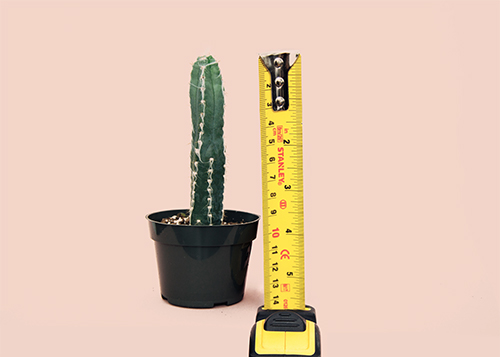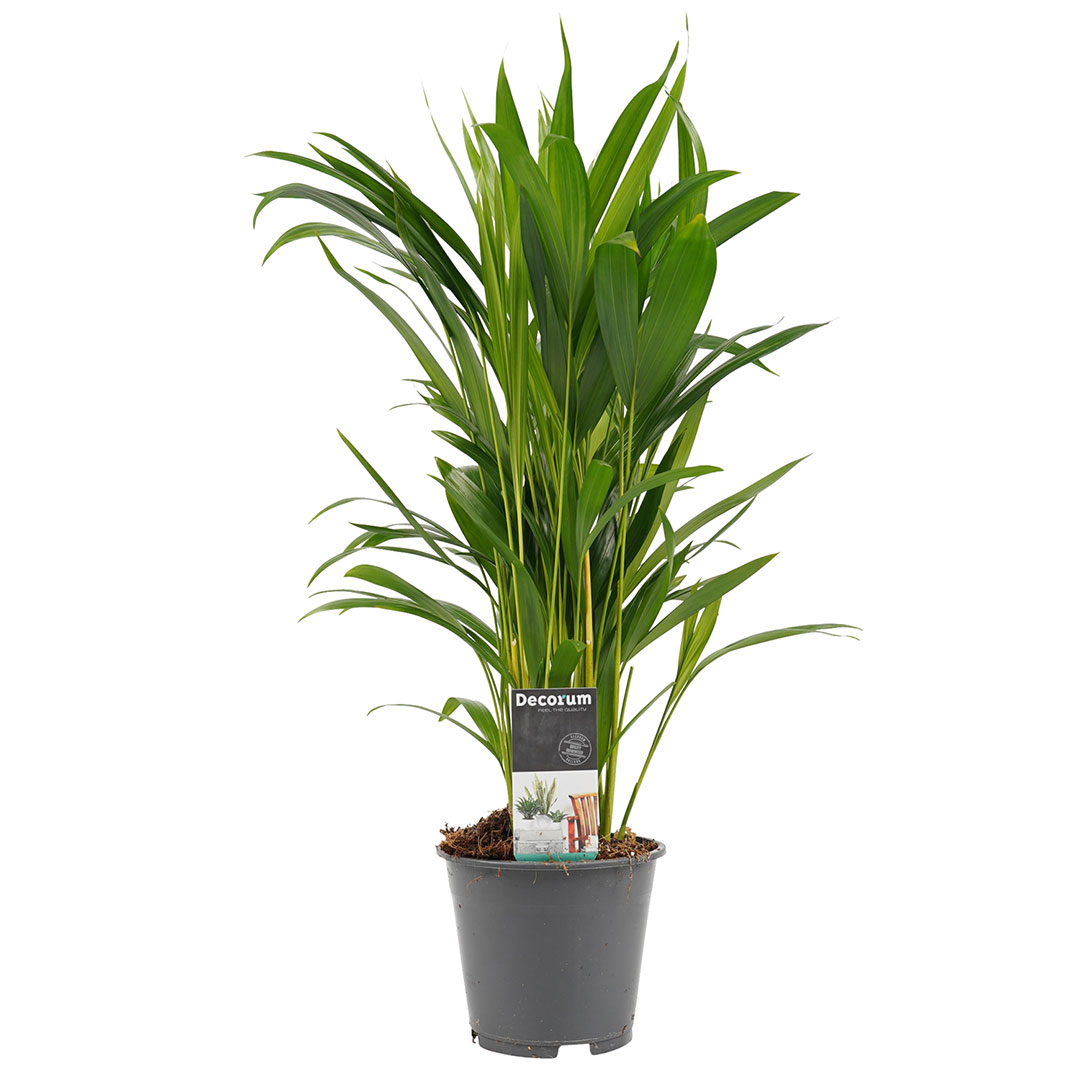
Deliver to
Europe
 English
EnglishDetailed care guides
The height of our plants are measured from the ground to the top.
Please note that the delivery height may vary 10%.

The diameter of our plants is the diameter of the nursery pot. We recommend a decorative pot with a diameter that’s larger.
Plants are natural products and therefore almost certainly differ from product photos. These characteristics make plants extra special and unique. Plants are not exactly the same size as shown.
All orders are shipped with a personal Track & Trace.
| Country | Average delivery time |
| The Netherlands | 2 - 5 business days |
| Belgium | 2 - 5 business days |
| Germany | 3 - 6 business days |
| France | 3 - 6 business days |
| Luxembourg | 3 - 6 business days |
| Austria | 3 - 7 business days |
You have the right to return products within 14 days of receipt without giving any reason.
Please note! Living and perishable products, such as plants, are legally excluded from this right of withdrawal.
Therefore, indoor plants can't be exchanged or returned.
Refunds will be credited back to the original payment method used for the purchase.


Height
50 cm

Potsize
14 cm

Botanical name
Dypsis Lutescens

Toxic to pets
No
This Areca palm is one of our most favorite houseplants. It may look like a Kentia palm, but they’re not the same. Its soft leaves give the Areca palm a somewhat richer name, the Golden Palm.
This nickname is also given to Areca because it tends to produce yellow-orange fruits. But don't pressure your little plant to grow fruit in the living room! They may produce fruits in the jungle, but not indoors.
Officially its full name is Areca Chrysalidocarpus Dypsis Lutescens. A mouthful, isn't it? That's why we use Areca palm, as it is easier to remember. Areca palms love the sunlight but can't stand direct sunlight. Water regularly and taking care of Areca will not be a problem at all.
| Height (incl. pot) | 50 cm |
|---|---|
| Pot size Ø | 14 cm |
| Decorative pot | With decorative pot options |
| Botanical name | Dypsis Lutescens |
| Nicknames | Golden Cane palm, Yellow palm, Butterfly palm |
| Quantity | 1 |
| Attributes | Air-purifying, Easy to care for, Green, Non-toxic / Pet-friendly, Small, Tropical |
| Suitable for | Office, Living room, Bathroom, Bedroom |
| Location | Indirect sunlight |
| Watering | Requires water once a week. During the summer twice a week |
| Best location | Grows best with medium light. Can't withstand full sun |
| Plant nutrition | It is best if you add plant nutrition once every week during the summer |
| Repotting | After purchase, repotting is not necessary. The plant should then be repotted preferably every 2 years |
| Toxic | No |